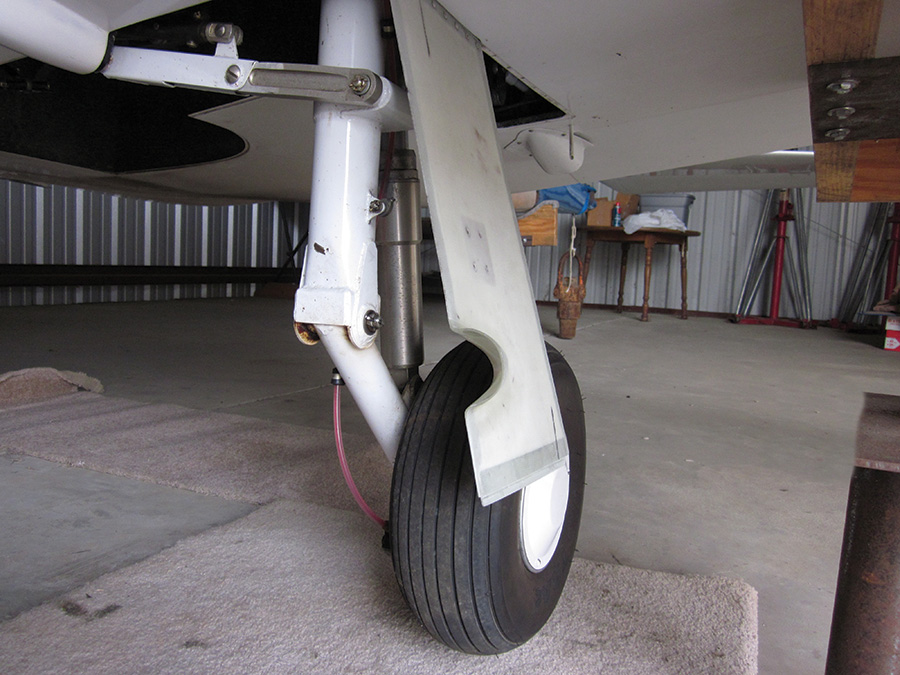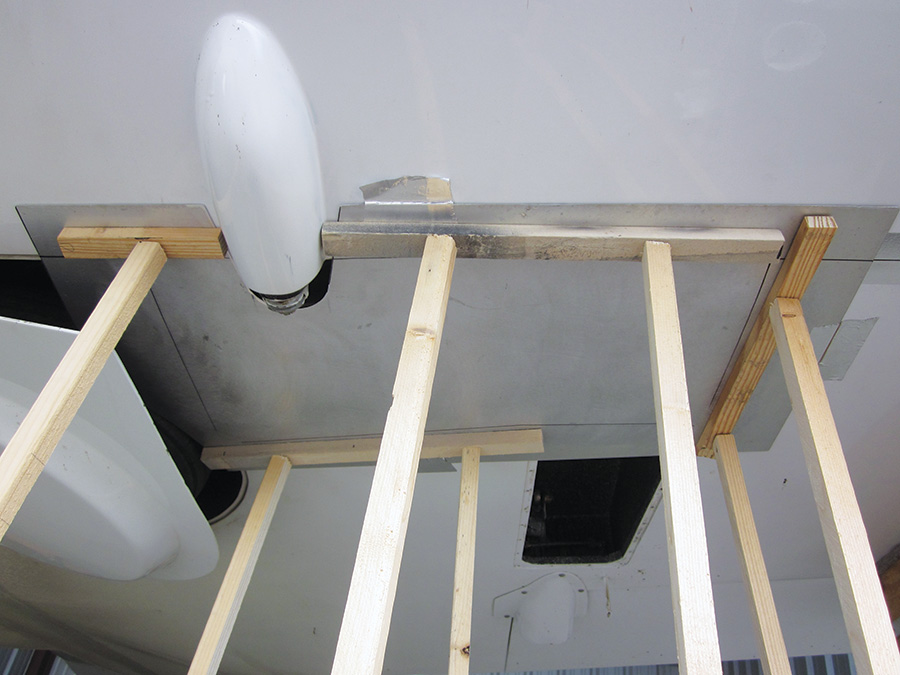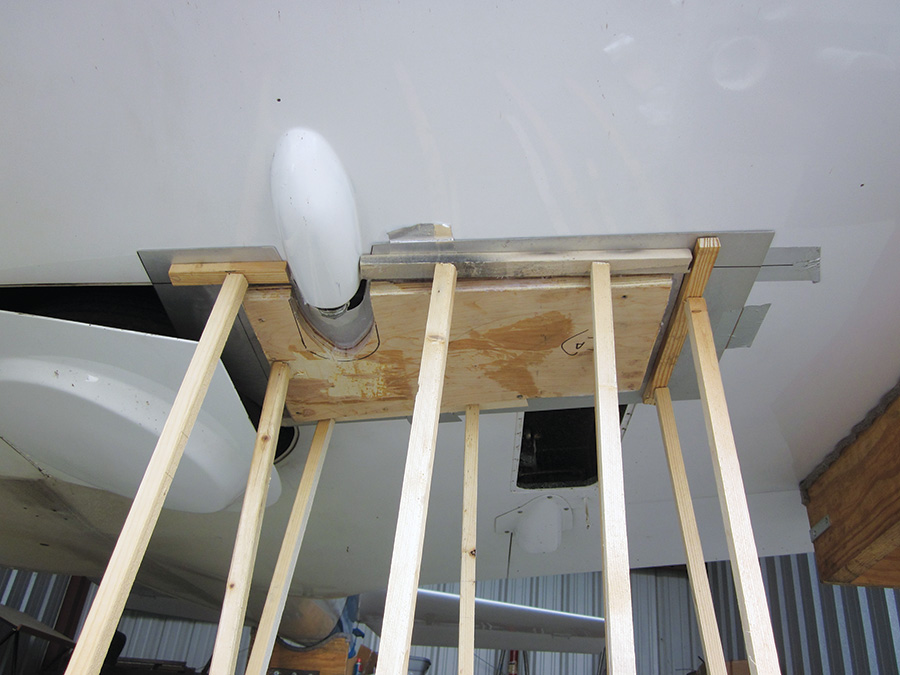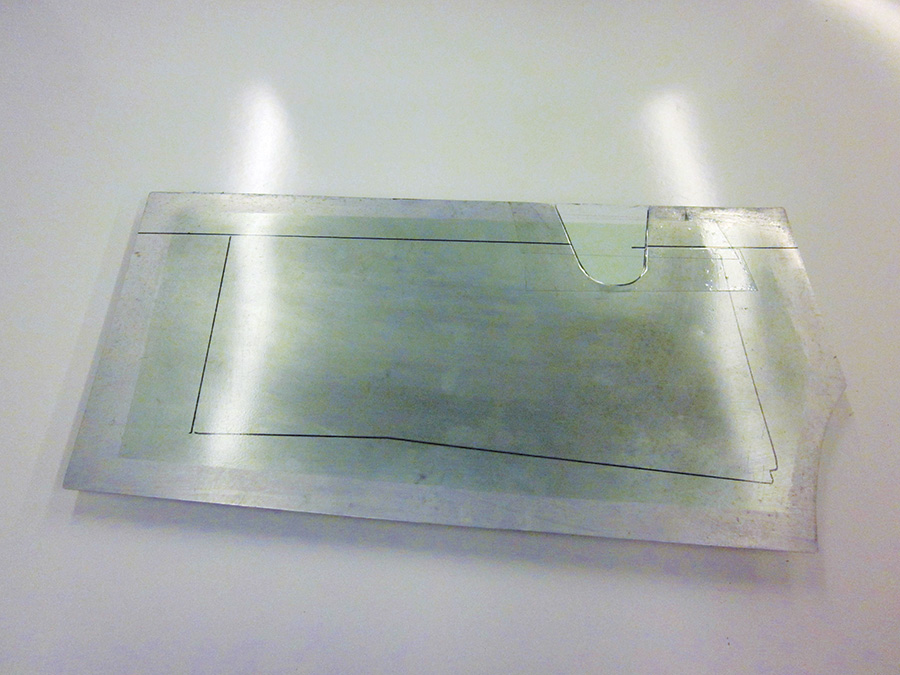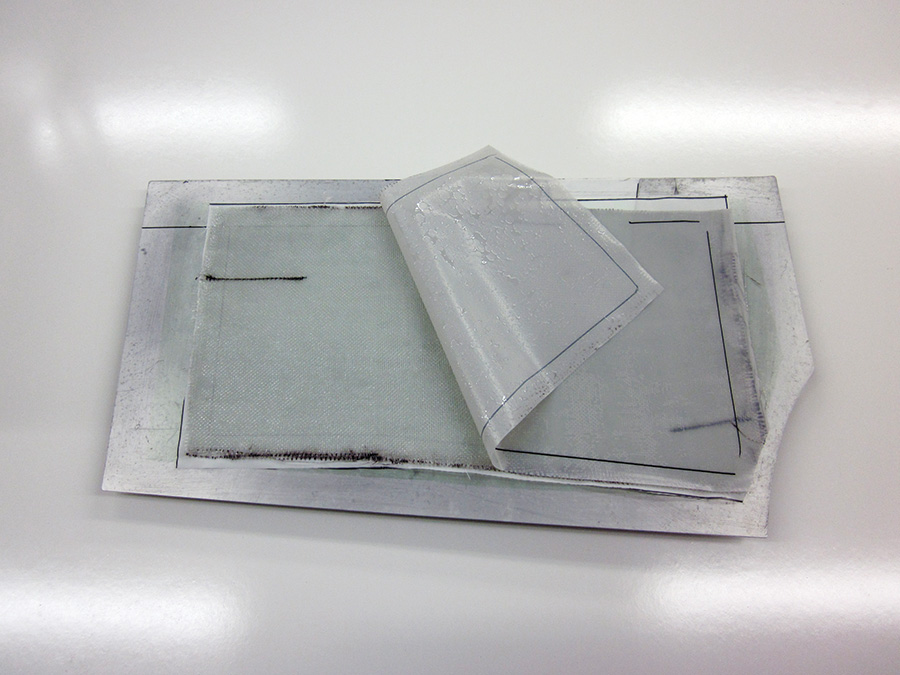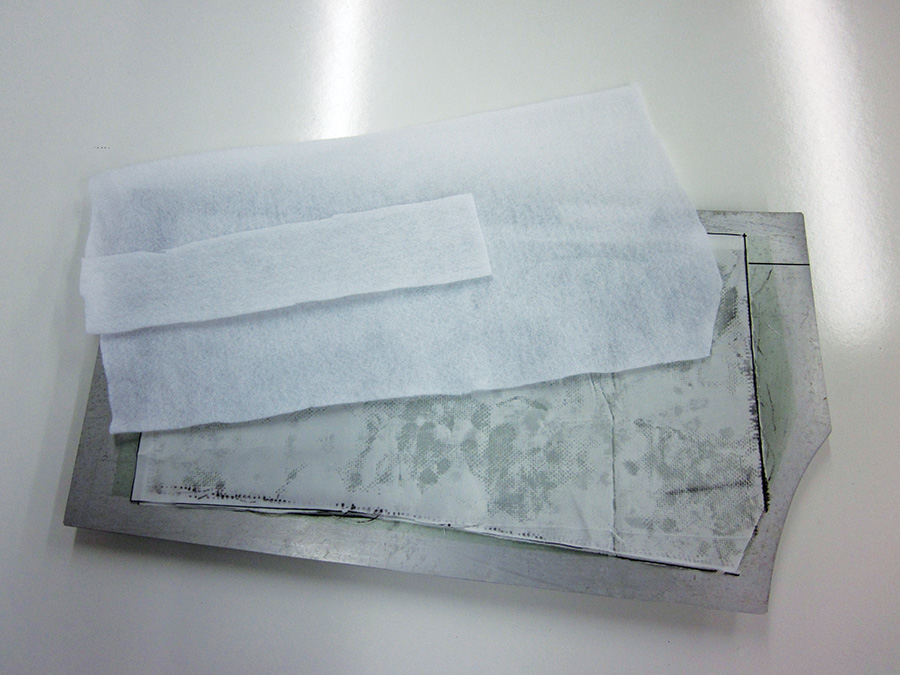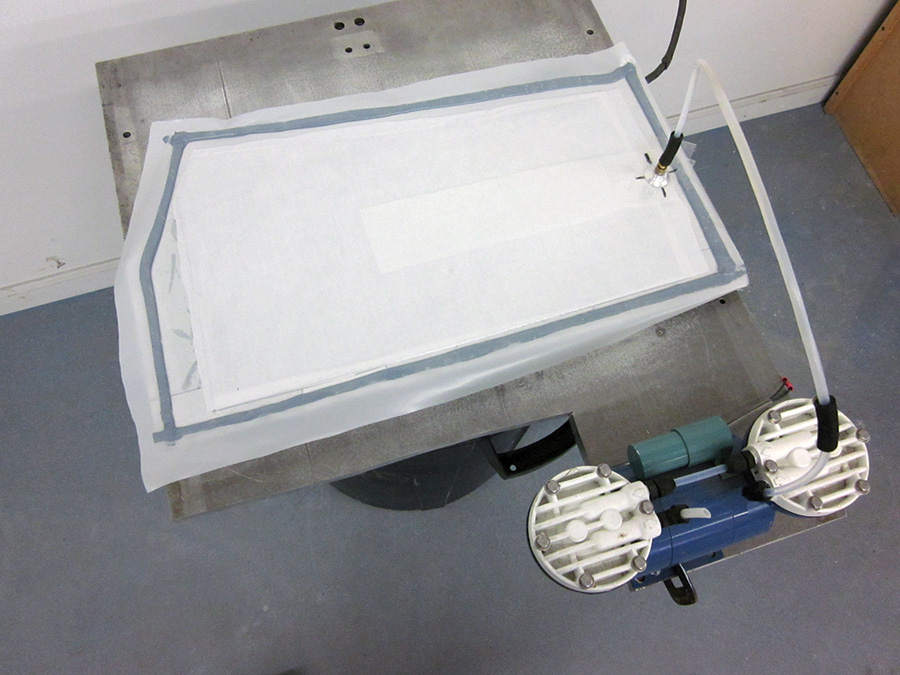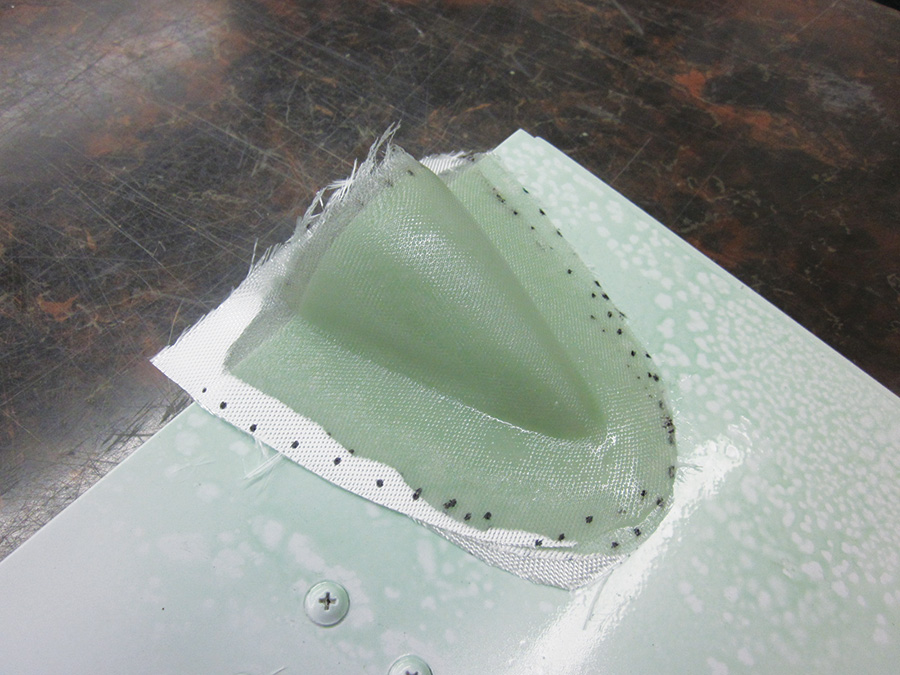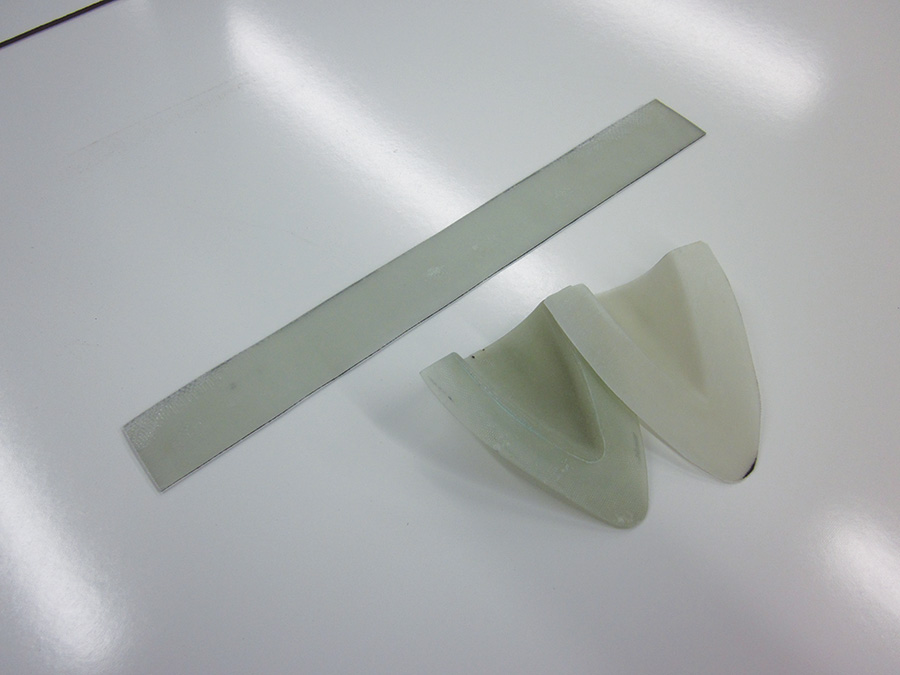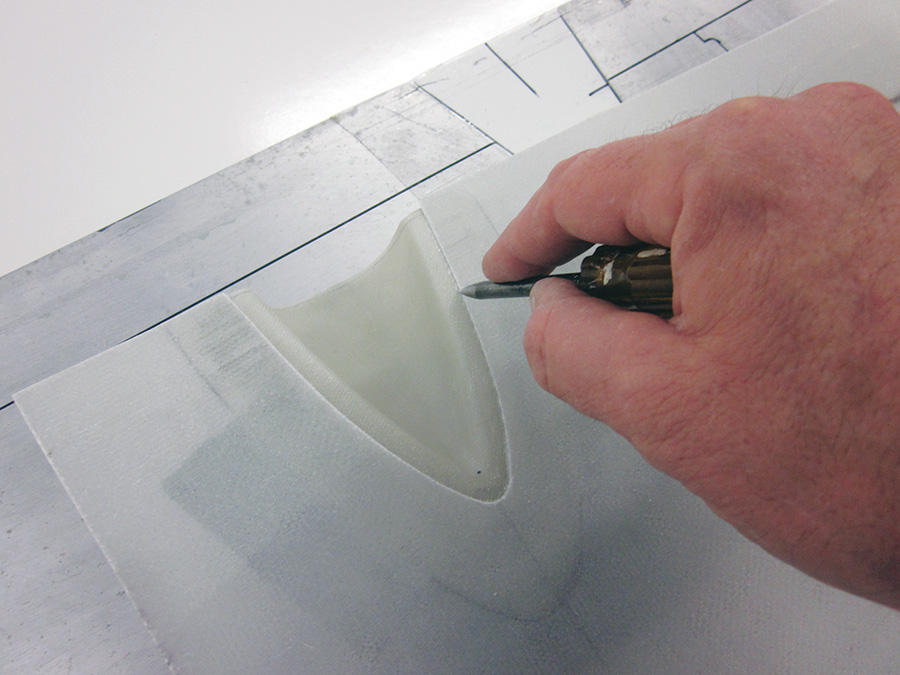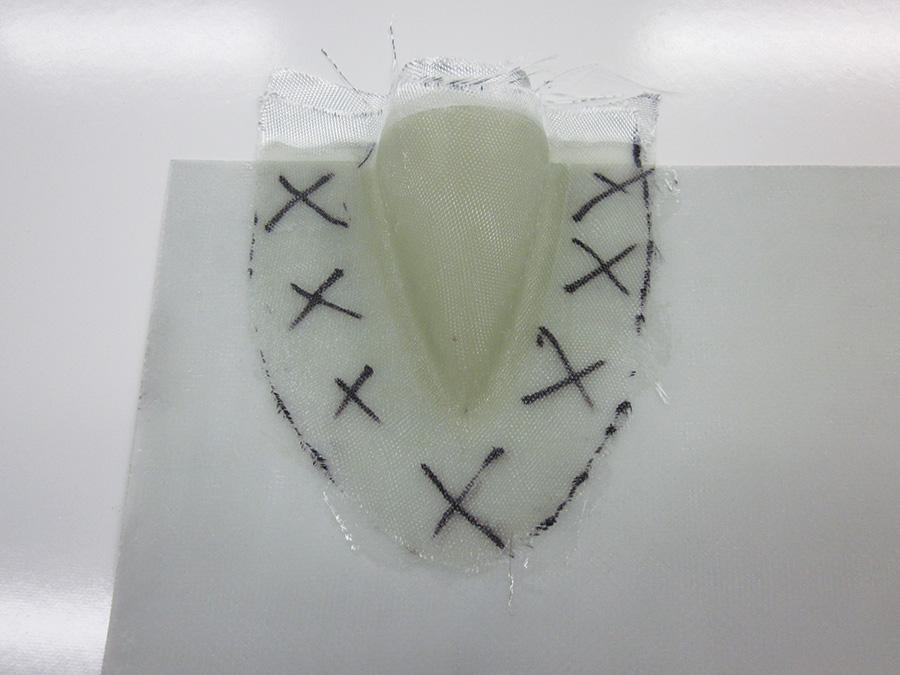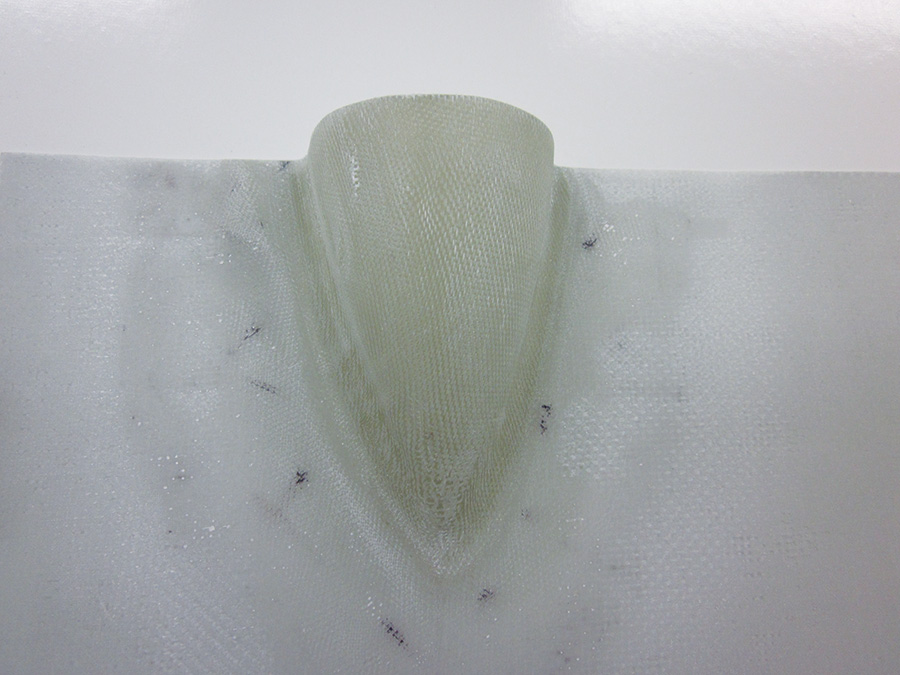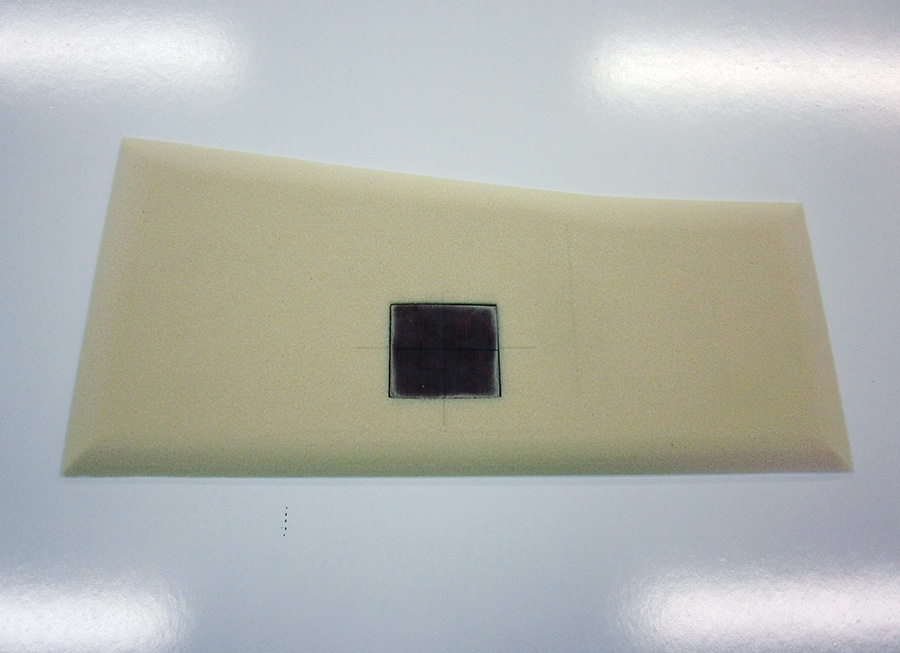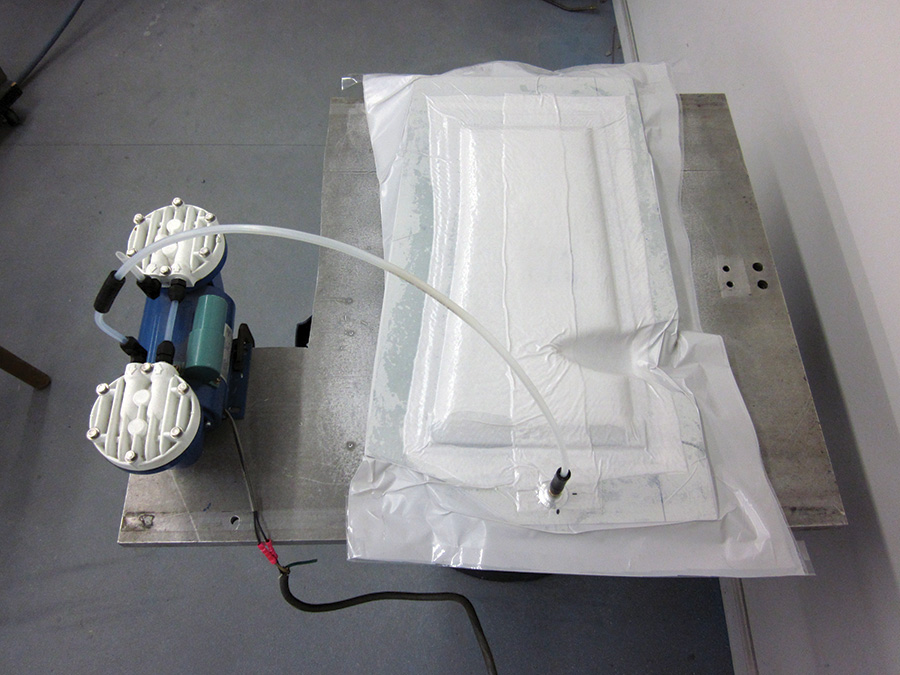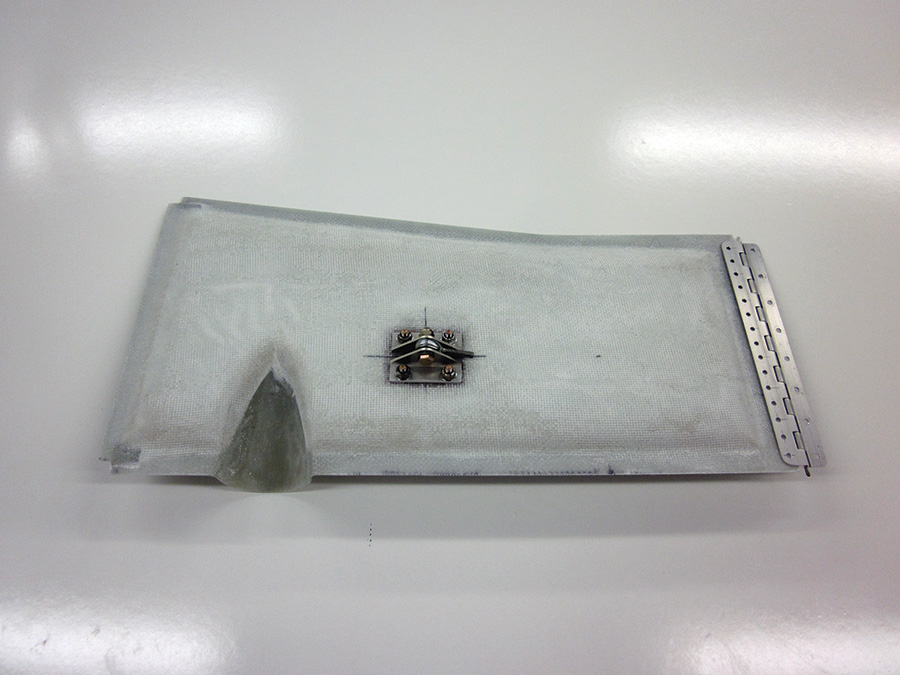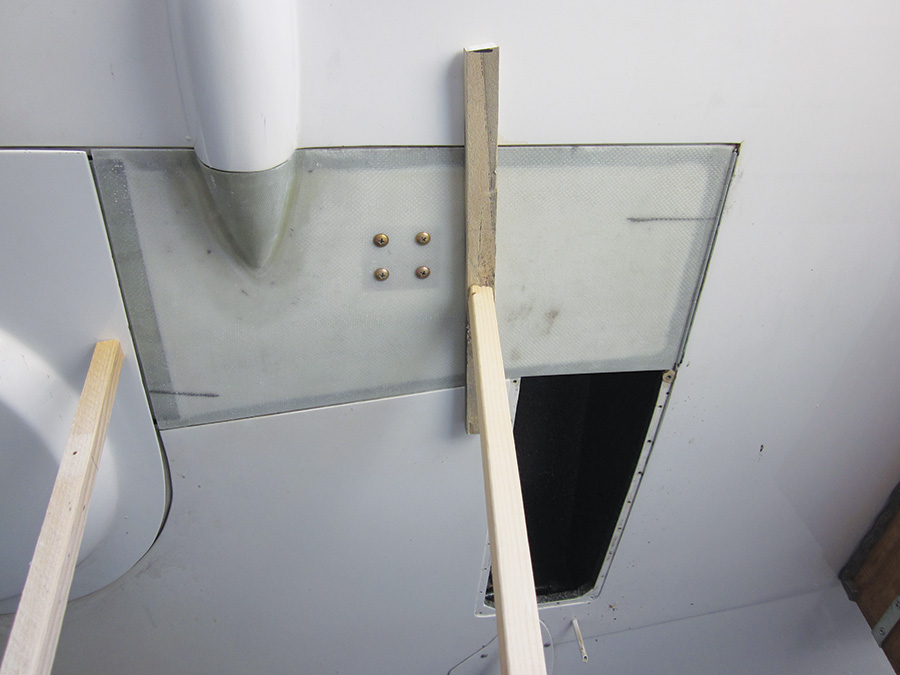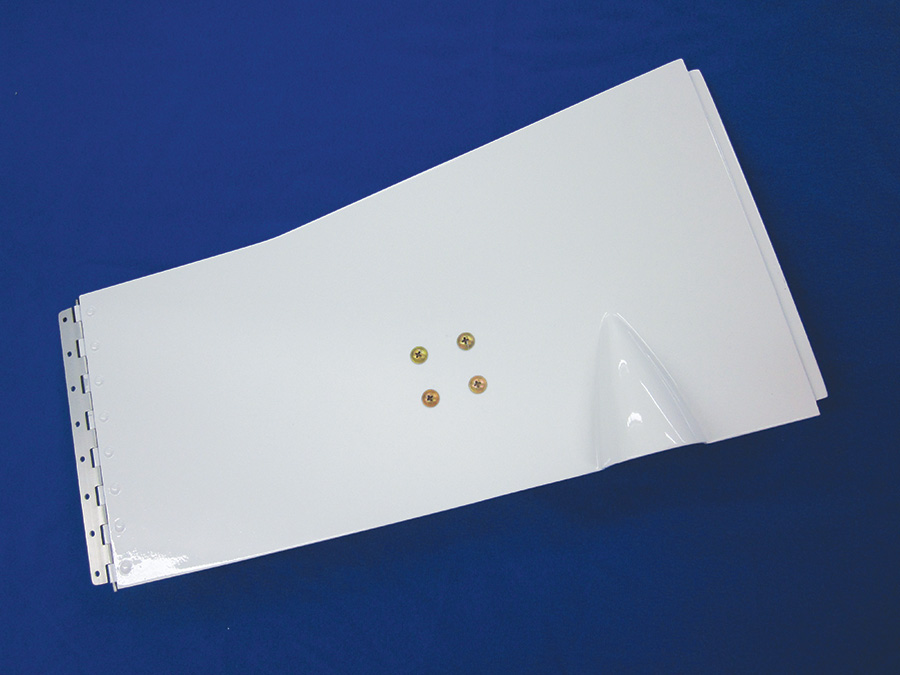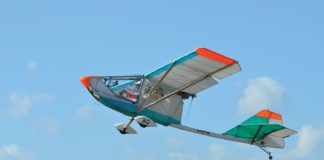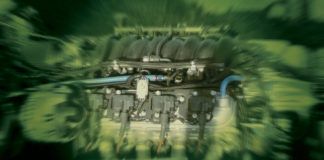Once upon a time, aircraft built from kits and plans were the province of a tiny group of craftsmen. They worked quietly in small shops, often creating one-off parts and components to precisely fit a specific need. If later something was broken or lost, there was no reason for concern. Chances are, the aircraft was in the hands of its builder or a friend, usually another self-reliant soul. If the damage was too severe, the aircraft was often salvaged for parts and a new one sprang forth like the mythical Phoenix.
How times have changed! What much of the pilot population once saw as a fringe hobby is today a major factor in the national airspace system. According to a recent NTSB report, aircraft with Experimental/Amateur-Built certificates now make up 10% of the GA fleet. Pilots who never considered anything with “Experimental” lettered near the door covet the opportunity to fly one, and when beautiful examples become available, they buy them. Experimentals have gone mainstream.
There is a catch of course. Today’s kit aircraft tend to be more standardized than in the past, but there is still a certain degree of individuality in almost every example. Although the new owner may expect his A&P to handle repairs in the same manner as the old Cherokee, not all components can be ordered from a parts department. Many parts must be fabricated from scratch. Original jigs, molds, or methods may no longer be available. Inventiveness and craftsmanship become necessary, just like in the early days of homebuilding.
Rebuilding a Custom Part
Let’s look at a recent example. The subject is a beautiful Falco, well built and much loved by its owner. It is flown on a regular basis, and like every airplane, it will sometimes collect a bruise. In this case, the pilot returned from a flight, only to discover a missing main landing gear door. He believes he may have bumped a taxiway light at a fly-in, which pulled a few screws at the hinge and air loads did the rest. Regardless of how the door was lost, a new one was needed and it can’t be purchased off a shelf.
The Falco has a wood primary airframe structure covered in epoxy/glass. The gear doors are glass with foam cores. The wing is a one-piece structure and the doors are usually fabricated while the wing is inverted in the shop, prior to joining with the rest of the airframe. Flipping the finished aircraft is not an option, so the job required a way to duplicate the original door while working upside down. The task was interesting because the door must fit flush in an irregular opening in a non-planar surface, which is both curved and slightly twisted. In addition, a clearance blister must align with an existing blister half on the wing.
Getting Started – Check the References
The first step was to consult the original plans. A fabricator needs to know the layup schedule (the weight, number, and orientation of the glass plies), the foam type and thickness, the location of any reinforcements, and the overall measurements. Falco plans, as supplied by Sequoia Aircraft Corporation, are among the most detailed in the industry. Even so, there is no guarantee the airplane will perfectly match the plans. In this case, there were a few dimensional differences, so the door was built to fit the opening, rather than to a specified dimension. However, there was no deviation from the structure specified in the plans.
A sheet of scrap aluminum was cut to a shape 2 inches larger than the door dimensions all around. The bottom side was sanded for tooth and cleaned. Reference lines were drawn and the sheet was clamped against the underside of the wing with clamping sticks positioned just outside the perimeter of the gear well. This owner uses mechanical jacks for gear servicing, so there was no concern that the jacks would bleed down. Columns wedged under the clamping sticks held them firmly in place.
Locking in the Shape
A chunk of scrap plywood was cut to dimensions just less than the shape of the door. Epoxy was mixed (about 200 grams of resin plus a fast hardener), then flox was added to make a soft slurry. The slurry was spread on the plywood, and the plywood was pressed lightly against the underside of the aluminum sheet so the slurry squeezed out all around the edges. Two more sticks served as supports while the flox/epoxy mix cured overnight.
When cured, the plywood and flox locked the aluminum sheet into a mold shape, which copied the underside of the wing around the gear opening. A small section of aluminum was temporarily added in the clearance slot where the blister will go later. The aluminum was cleaned and waxed, the perimeter was masked off, and the surface was sprayed with a few coats of PVA mold release.
The Layup
The plans called for three plies of 9-ounce glass fabric on each surface with no specified weave orientation. The layup process began by wetting out three stacked plies between two plastic sheets. A ribbed roller worked the epoxy through the fabric. Excess epoxy was rolled out to the perimeter of the plastic.
A slightly oversize outline of the door was drawn on the top plastic sheet, and a rotary knife was used to cut the outline right through the plastic sheets and glass fabric. The perimeter plastic with the excess epoxy was removed and discarded.
Two plies of Dacron polyester fabric were also cut to match the oversize outline. They were used as peel plies. The bottom plastic sheet was removed from the layup and one sheet of peel ply was positioned on the wet stack. The entire layup stack was then positioned on the mold, after which the top plastic sheet was removed.
The second sheet of peel ply was positioned on the mold, over the wet glass, followed by a layer of bleeder ply.
A fresh plastic sheet topped the layup. The edges of the plastic cover sheet were sealed to the mold perimeter with a mastic strip and a vacuum pump was attached, using a hose and fitting. As the pump evacuates the layup, atmospheric pressure squeezes the plies, and excess resin and air escape up through the peel ply into the bleeder ply. The pump was allowed to run until the resin gelled, after which it was turned off for the balance of the cure time.
When cured, the plastic top sheet, bleeder ply, and both peel ply layers were removed and discarded. The consolidated fiberglass sheet, although still floppy, matched the underside of the wing. The peel ply left both surfaces ready for subsequent bonding with little or no additional preparation. This 3-ply sheet will became the outer skin of the door.
Making a Blister
A blister was needed for mechanical clearance of a gear pivot. The job also required some glass strip to construct a joggle on the end of the door. A blister can easily be laid up over a foam or wood form, but sometimes it is possible to borrow a shape. A few measurements suggested the original builder used the same male form to build blisters for both gear doors. So, the other gear door was sprayed with PVA, followed by a four-ply layup of 8.9-ounce 8-harness glass fabric. The 8-harness weave was selected because it will conform to compound curves and tight corners far better than a similar weight plain weave.
When cured, the layup was popped off the door with a blast of air. Next, the PVA was washed away with plain water and the door was returned to the airplane. This 4-ply layup became a female mold. The inside was sprayed with a few coats of PVA and two plies of 8-harness were wet out inside it. When cured and trimmed, the resulting male part became the core for blister construction.
The glass strip was merely a four-ply layup of plain 9-ounce fabric, wetted between plastic and peel ply on the bench top.
Splicing it Together
The next step was to splice the blister and door skin. The sheet was placed on the mold for guidance, and an opening in the skin was marked and cut just a little larger than the base of the filet on the blister.
The blister itself was positioned on the skin and taped firmly, the sheet was flipped, and a sharp tool was used to scribe the blister along the cut opening in the sheet.
The blister was trimmed to the scribe line, positioned in the matched opening and two plies of 8-harness were applied. The first ply was marked with a pen before wet-out, but the top ply was not. Epoxy/glass is translucent, so the marking was easily seen through the unmarked ply.
When cured, the layup was sanded with 80 grit, fairing the new plies into the door surface. The black-marker Xs on the first ply serve as a sanding guide; sand until they disappear and no further. The full thickness of the two plies remains over the seam, in the filet, and over the top of the blister, all without sanding into the door skin and thinning it unnecessarily.
Checking the Fit
A quick trip to the airplane allowed trimming the door skin to precisely fit the gear well opening, less a 1/16-inch gap. With all variables nailed down (curvature, exact dimensions, and the blister), it was time to assemble a door.
Back at the shop, the pre-made strips were bonded to the skin to form a joggle where the inner gear door would overlap.
To the Core
While the joggle strip was curing, a foam core and phenolic reinforcement were cut. The small piece of phenolic block will form a hard point where the gear door linkage will attach. The edges of the foam core were sanded at a 45° angle; the top edge of the bevel received a slight radius to ease fabric lay.
The door skin was positioned on the mold. The bottom surface of the foam core was wiped with wet micro, and then the core was carefully positioned on the door skin and pressed firmly into place. Next, the exposed side of the core was wiped with wet micro. The phenolic insert was placed using wet micro between the insert and the foam.
Again, three glass plies were wetted between plastic sheets. The plastic was removed from one side, the wet plies were carefully placed over the foam core, and the second plastic sheet was removed. A peel ply and a bleeder ply were added as before. The addition of the blister means the assembly could not be sealed with just a cover sheet, so instead the entire assembly, mold and all, was inserted into a bag made of plastic sheet and a few strips of sealing tape. The vacuum pump was attached and again allowed to run a few hours. Atmospheric pressure forced the previously cured outer skin, the new foam core, and wet plies into compliance with the slightly curved mold surface, locking in a shape matched to the wing.
When cured, the bag, bleeder ply and peel ply was removed. The new plies were carefully trimmed to the edges of the previously-fitted outer skin. The location of the linkage was measured and marked, and the appropriate holes were drilled through the phenolic. A new door hinge was cut and drilled, but not fastened just yet.
Hardware Time
Back at the airplane, the door was carefully positioned into the opening, the hinge was positioned, and the airframe hinge half was attached per the plans. A small quantity of epoxy/flox mix was spread on the flange of the door where the other hinge half would attach. The door was again carefully positioned with the desired gap all around, and the hinge half was simply pressed into the wet flox with a fingertip.
After cure, the hinge was riveted with AN426-4-5 rivets, per the plans. The cured flox held the hinge half in a precise position for riveting, which guaranteed the door alignment in the gear well opening.
The Finished Product
The rest was ordinary surface and paint preparation. The airplane owner was very happy. Isn’t it pretty?
You may never build a gear door for a Falco, but if you like building sport airplanes, you will eventually build some kind of fiberglass component. It really doesn’t matter what the component might be, as the basic techniques are always the same. Master those techniques and the possibilities range from gear doors to suborbital vehicles. Anyone out there need a part for their spaceship?

